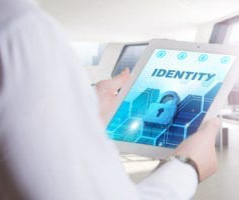Why HHS’ Cybersecurity Concept Paper Falls Short for Healthcare
Healthcare IT Today
JANUARY 12, 2024
The following is a guest article by Chris Bowen, Founder and CISO at ClearDATA The recent Cybersecurity concept paper from HHS, while a gesture towards progress, falls critically short of what’s imperative in today’s climate. This isn’t just about data; it’s about lives. The time for half-measures is over.












Let's personalize your content